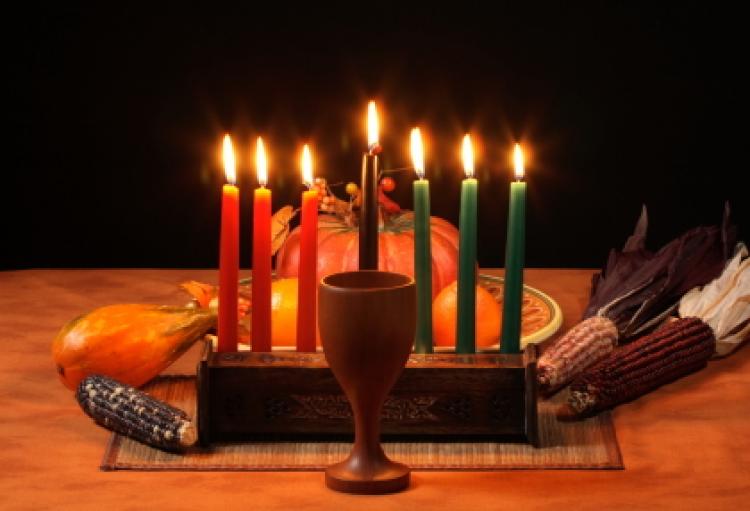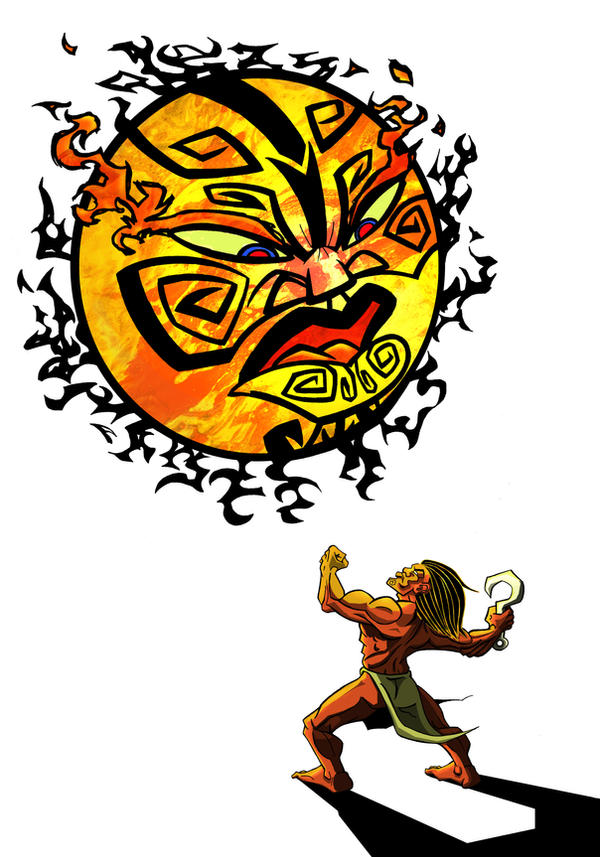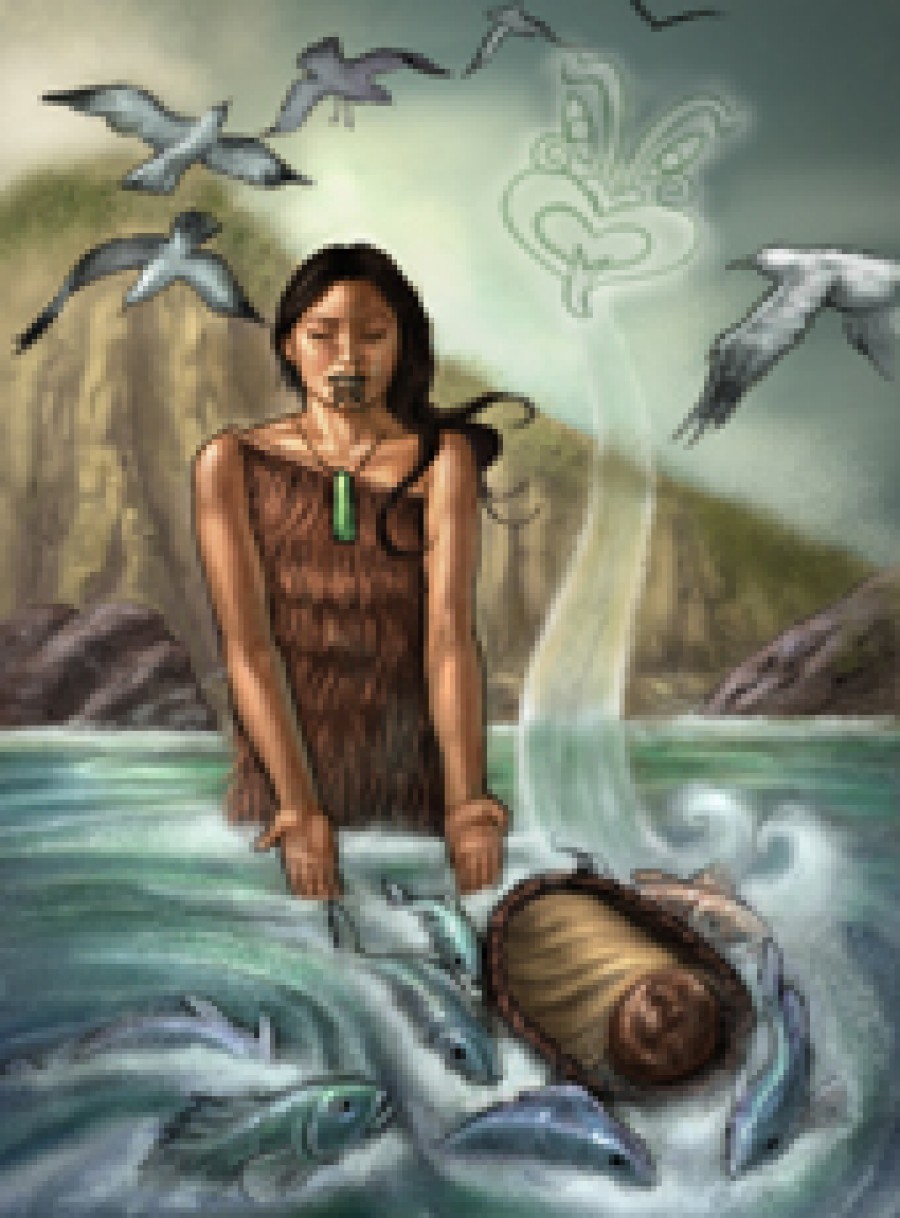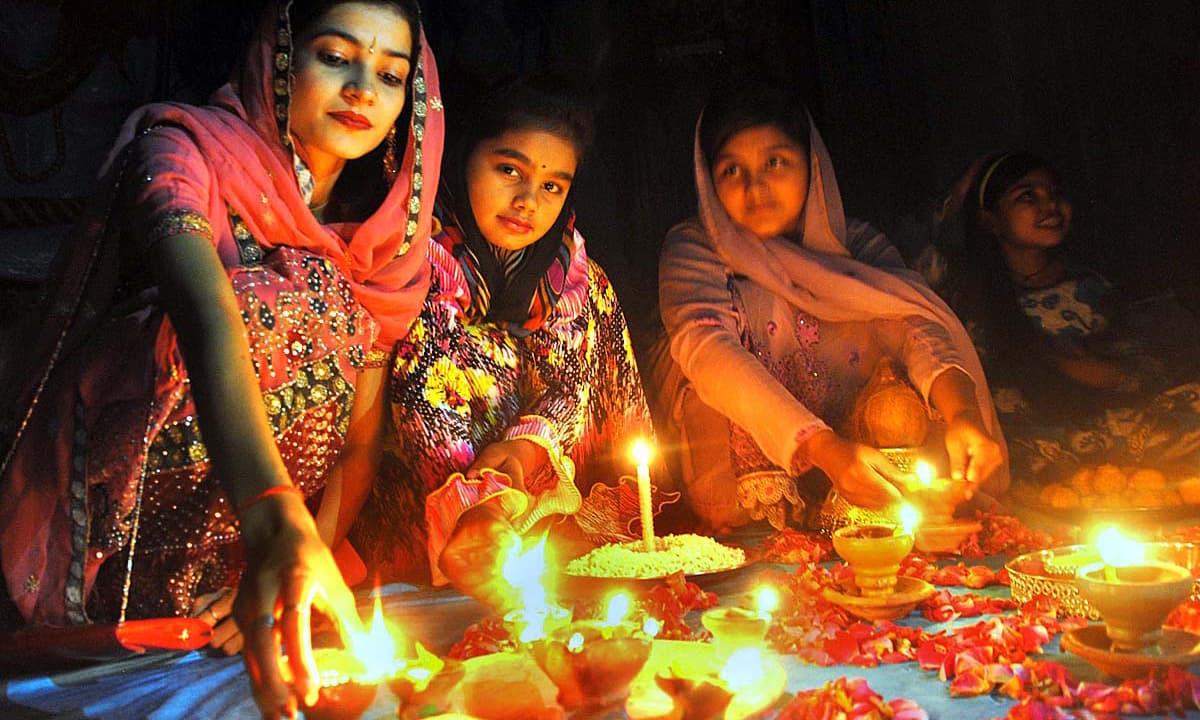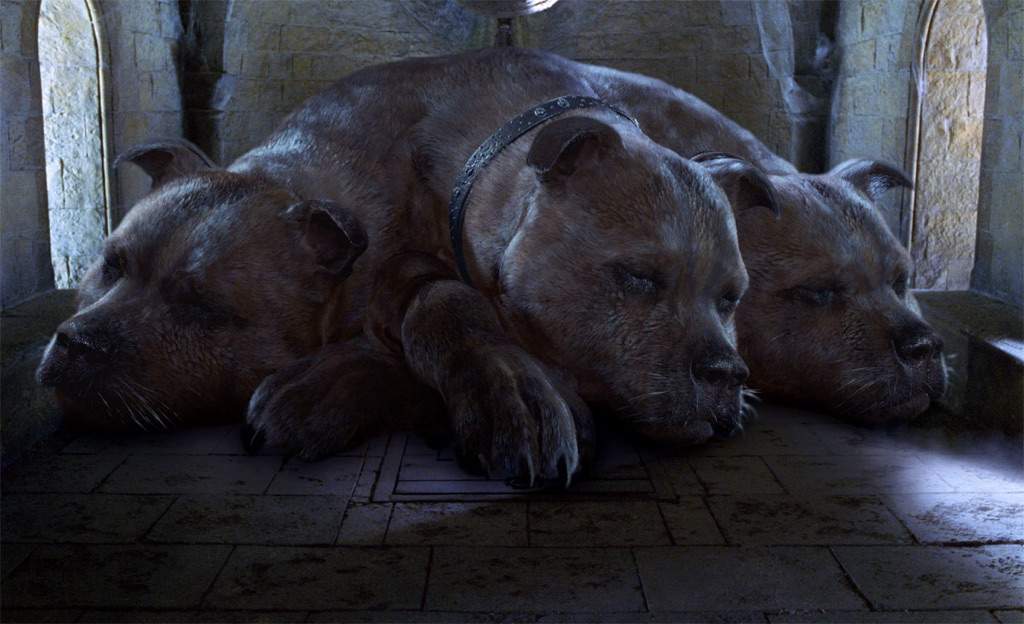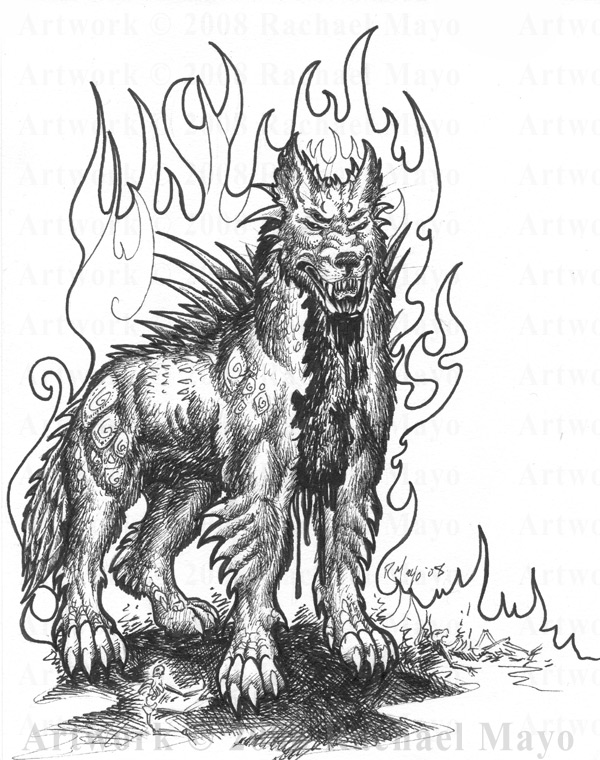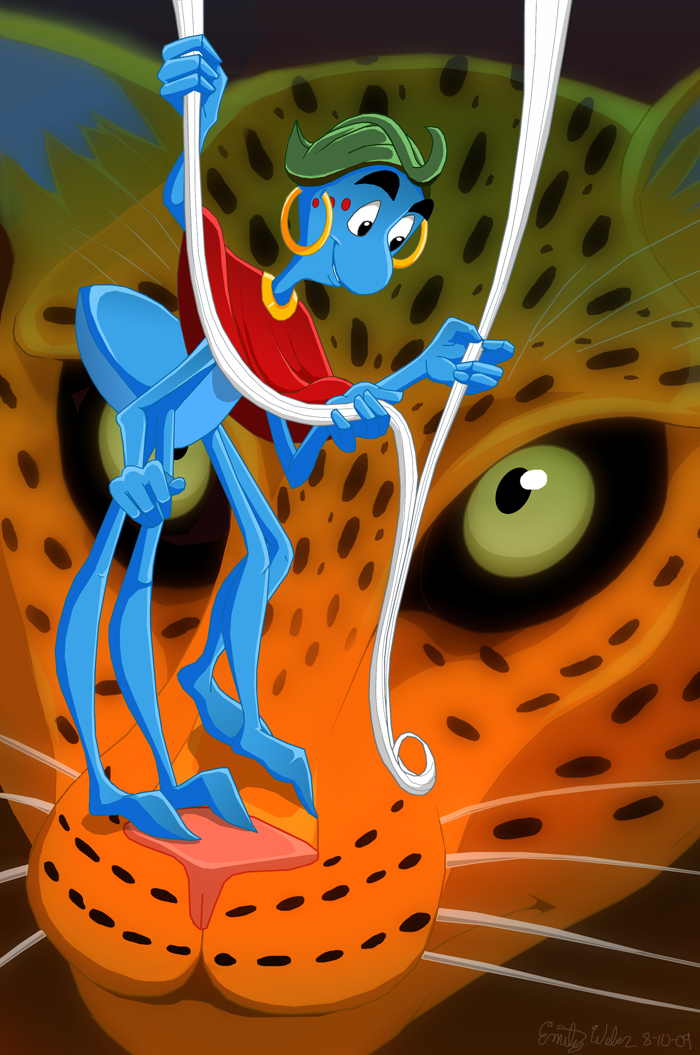Hey guys! I promised you something special this week - here it is! Without further ado, I give you chapter one of my upcoming book, Treebound!
Day 188295
Tom
had seen some pretty curious things in his days as a relic bearer.
He had witnessed the Norse apocalypse. He had watched a power-hungry
goddess try to frame her husband for her son’s kidnapping. He had seen
relic bearers try to recreate the fictional game of Quidditch
(successfully), cosplay as superheroes (powers and all), and attempt
to use their abilities to rig the results of the Super Bowl (which
the Council quickly prevented).
All
of that paled before the curious nature of what he was currently
watching.
Tom
ran a hand through his curly black hair, openly staring at the horde
of cats sitting on the rooftops of the street across from him. Most
of them seemed focused on a single building – a jewelry store about
a block away from the alley where Tom was observing from. A few
minutes ago he had watched the cats cross the rooftops to take up
their current positions, their movements almost perfectly in sync
with the young woman who had just broken into the store with quick
efficiency.
He
was fairly certain he had found his relic bearer.
Tom
jumped at a soft sound behind him. He whirled around to see a sight
nearly as unexpected as the militant formation of the cats. A man
with short cropped red hair and a gently bristling beard stood a few
steps away, a broad smile on his face. He wore blue jeans and a dark
t-shirt, and his jacket mostly concealed the gun holster he wore with
confidence.
“Liam?”
Tom whispered, not quite believing it.
“Sup?”
his friend replied, still grinning. “What are you doing here,
Tom?”
The
redhead stepped forward to join Tom as the former butler turned, once
more focusing on the jewelry shop down the street. “Thought I’d
actually do some work,” Tom answered quietly. “Word is there’s
a new relic bearer in this area, and I think I’ve found her.
What’re you doing here?”
Liam
frowned slightly, his trained gaze taking note of the unusual
behavior of the multitude of cats on the rooftops. During his day
job, Liam was a police officer – and he used those same skills to
aid the Order of relic bearers. “The Order thinks there’s a
bearer using their relic for crime. I’ve been sent to stop them.
Is the Order running short on Seekers or something? I thought you
were too important for field work now.”
Tom’s
face flushed at his friend’s words. “I needed a break. Being
Ambassador for the Norse and Greek gods is killing my head,
especially now that the other pantheons are chiming in. Besides, I
miss being a Seeker.”
“Gotcha,”
Liam replied, his eyes still roving the street. “What are the odds
that we’re here for the same relic bearer?”
“Given
that I just saw her break into a store, I’d say pretty good,” Tom
replied wryly. “What is it with you and catching cat burglars?”
Liam
blinked. He looked at the cats calmly surveying the area, then back
at Tom. His blue eyes sparkled. “Pun intended, I assume?”
Tom
grinned, and let that be his answer. He had missed his friend. Work
kept them both so busy that they rarely had time to catch up.
Getting to see Liam, if only for a few minutes in the field, was a
joy.
A
sharp shattering noise far off drew their attention back to the
store. Liam hissed softly. “Sounds like a broken counter display.
She’s definitely stealing.”
Tom
caught his elbow as his friend moved to exit the alley. “Hold on.
I’ve never seen cats act like this before. I’d rather know what
she can do before we confront her.”
Liam
glanced at the rooftops, and blinked when he found two of the cats
watching him, their eyes glowing yellow in the streetlights. He
carefully stepped back into the shadows Tom stood in. After a moment
the cats looked away, but their ears remained turned towards the
human duo.
“Maybe
you’re right,” Liam replied softly. Almost all of the cats he
saw were street cats – huge, tough things covered in scars and used
to rough living. Hardened street cats could be vicious and dangerous
on the best of days, when acting alone. But multiple cats acting
under the direction of a bearer? Liam shuddered at the thought. He
could see half a dozen cats from where he stood, and he was sure that
more lurked in the shadows where human eyes couldn’t penetrate.
Movement
drew he and Tom’s eyes back to the store, where the girl was
emerging. She looked to be in her early teens, with her curly hair
cropped in a short black bob. Sparkling jewels hung from her neck in
large quantities – she seemed to be wearing the spoils of her
night’s work.
Liam
glanced towards the rooftops as the girl began to prowl down the
street away from them. He sucked in a breath. “Tom. The cats are
gone.”
The
butler looked up and blinked. Sure enough, all of the felines seemed
to have silently vanished. The girl continued moving away, this time
without her protective detail of cats. After a moment, a large
figure detached himself from an alley ahead of the two men and began
to follow her. Something metallic in his hand glinted as he passed
under a light, and Liam hissed as he recognized a knife.
Without
a word Liam left the alley and broke into a soft run, followed
immediately by Tom. Downtown LA was dangerous at the best of times,
and that girl – criminal or not – looked too young to be on her
own.
Some
sound seemed to alert her to her pursuer. She turned around and
caught sight of the man behind her. Her eyes were large, almost
feral looking, and she immediately broke into a run. The man let out
a harsh curse and began a sprint of his own, rapidly gaining ground
on her. Liam and Tom were still a ways away when she turned down a
back alley, the man right behind her.
Tom
quickly grabbed Liam’s arm. The dizzying blur that accompanied the
use of the butler’s relics left them standing in an alley across
from the one the girl had ducked into. Liam moved to run towards it,
but Tom’s arm stopped him.
“Look
up,” he breathed.
Liam
followed his friend’s gaze and saw what had made Tom stop. The six
cats they had watched earlier stood on the rooftops surrounding the
alley.
Every
one of them was focused on the ground below.
It
was too dark in the alley for Tom and Liam to see what was happening,
but they heard a man scream in sudden agony. After a moment his
footsteps pounded and he raced out of the alley, one hand held to his
face with blood gushing through his fingers.
A
score of cats, all of them fierce and large, chased after him.
Tom
and Liam watched as the man raced down the street, the cats easily
keeping pace. Two of the cats continued to swat at his heels as he
ran. Judging from his yelps, their claws inflicted some wounds.
After
a minute the man disappeared from view, and the street was silent
once more.
The
duo let out a soft breath. “I’m very
glad we didn’t try and stop her,” Liam whispered, his voice
stunned. “I’ve never seen anything like that. What sort of
relic does she have?”
Tom
shrugged. “The Order wasn’t sure. I’m guessing some sort of
animal deity – Dionysus and Artemis are both popular with cats, and
Freya’s chariot is pulled by them. Most pantheons have at least
one god associated with felines.”
“Dionysus?
I thought he was the god of wine?” Liam replied. His voice was
still soft, but it also sounded incredulous.
“Wine.
Partying and general debauchery. Leopards.” Tom was still
watching the alley the girl had run into, but there was no sign of
movement.
“Leopards.
Good Lord, she chased a man off with tom
cats.
Can you imagine what she could do with leopards?” the cop said,
horrified.
“Interesting
idea,” a soft voice purred above them. “Maybe we should visit
the zoo.”
The
two men looked up as a loud meow answered the girl. She was perched
on the rooftop above them, crouched on the very edge with seemingly
no care for its height. A cat, black and white with a stub of a
tail, arched his back and bumped into her side, his wide blue eyes
fixed on the men below even as he purred.
Tom
noticed that Liam was careful to not reach for his gun.
“Hello,”
the butler said, trying to keep his voice calm. “I’m Tom, and
this is Liam. What’s your name?”
The
girl jumped lightly to the ground before them, then sprang up and
held out her arms to catch the cat who followed her. “Cas. This
is Stubby.” The cat mrowed at them cheerfully, nuzzling into the
girl’s face before hopping to the ground. “What do you want?”
“We’d
like to talk to you about the gods,” Tom replied. He watched as
the cat patrolled around he and Liam, sniffing curiously at both of
their legs.
Cas
broke into a hearty laugh. “A little late for missionary work,
don’t you think?” She frowned at Liam as the cat continued to
sniff his shoes. The cop held very still, and swallowed as the cat
looked up at him with disdain. “You’re a dog person. We don’t
like dogs.”
“I
like cats too,” he assured her, reaching out a careful hand for
Stubby. The cat regarded him for an instant before his eyes
softened, and he leaned into Liam’s hand with his head, arching his
back and flumping his rear into Liam’s leg as he did so. He maowed
again, very loudly, and Cas relaxed a little.
“I
suppose you’ll do,” she said, looking curiously at the two. One
hand sat impetuously on her hip as the other fingered the diamond
necklace that dropped to her waist. “Follow me.”
She
breezily stalked past the two, Stubby following her cheerfully. Tom
and Liam exchanged an incredulous glance, then moved after her. Cas
moved as gracefully as any cat they had ever seen. Her footsteps
were silent as she prowled through the streets. In contrast, Liam
and Tom’s footsteps rang out loudly on the pavement. She looked
back and flashed a very feline smile, then sped up slightly, forcing
them to jog to keep pace.
After
a few twists and turns through back streets they finally reached her
destination. When Liam and Tom rounded the last corner they found
Cas stretched out on a cushy couch, battered and torn but still
comfortable looking. The couch rested in the dead end of an alley,
and multiple crates and boxes had been stacked all around it. Soft,
warm blankets filled most of the boxes, and several were draped upon
the couch itself. Liam noticed that the crates made an effective
stairway up to the surrounding rooftops, allowing Cas several easy
escape routes.
Cas
gestured for the duo to sit, and they settled onto crates that proved
surprisingly comfortable. Liam and Tom exchanged glances, unsure how
the girl had wound up in control of the situation. She lounged on
her couch, looking as luxurious as a queen holding court. Stubby
hopped up next to her and gave a soft yowl. Cas reached out and
began to pet him. She scritched his back all the way to the stub of
his tail, and he mrowled again as he stretched his rump as high into
the air as it would go, eventually falling over onto the cushions.
“Now,”
Cas said, still petting the cat, “I believe you said something
about leopards?” Her tone was curious, and Tom felt his eyebrows
climb at her calm reaction to their presence.
“Uhh,”
he replied, thinking quickly. “Well, it depends on what god your
relic is from.”
“God?”
she interrupted. “Relic?” Stubby yowled sadly as her hand
paused in its petting, and Cas quickly resumed rubbing his back.
“Maybe
this would be easier if we found out what you know,” Liam replied.
“How do you control the cats?”
Again
Cas laughed at them, her white teeth flashing against the darkness of
her skin. Her teeth, Tom noted, looked rather sharp. “You don’t
control a cat, silly. They do what they want.”
Liam
blinked. “Then how did you make them chase off that mugger?”
She
shrugged. “I didn’t. They chased him off because they wanted
to.”
“Why
would they want to do that?” Tom asked. “For that matter, I’ve
never seen a group of cats that large. Why were they there in so
many numbers?”
“We
have an arrangement,” the girl replied, still languidly petting her
cat. “They work as lookouts for me. They keep me safe. In
exchange, I pay them.”
“You…pay
them.” Liam looked rather confused, and Tom didn’t blame him at
all.
“Yes.
What, you think that’s all for me?” Cas gestured towards a
large barrel full of salted fish behind the couch, and the two men
took note of it for the first time.
“Ah.
So, you feed the cats, and in exchange they help you?” Tom asked.
“I just want to make sure I’ve got this right.”
“Yup!
That’s it exactly.” Once again Cas had begun to play with the
necklace hanging from her slender neck. Similar sparkles drew Liam’s
attention to jewels all over the girl’s lair, mixed in with the
blankets and crates. Some were obviously fake theater jewelry, but
others appeared to be actual jewels. Miscellaneous shiny pieces of
metal, including quite a few coins, also caught the dim light that
illuminated the area. Liam was abruptly reminded of a magpie’s
nest, full of random shiny trinkets.
Tom’s
voice drew Liam’s attention back to the conversation. “Most
people can’t…create working relationships with cats,” he
explained to the girl. “How do you talk with them?”
She
yawned, once more showing her pointy teeth. “I don’t. I just
know what they want, and they know what I want. When do we get to
the part about the leopards?”
“Again,
it depends on your relic,” the Seeker answered. “If it’s a
relic of Dionysus, you might be able to…interact with leopards.”
“Who’s
Dionysus?” she asked, curious.
“He’s
one of the Greek gods,” Liam replied.
“Oh.
And what’s a relic?”
“A
relic is something one of the gods used to possess,” the cop
explained. He was somewhat disturbed by how calmly Cas was taking
all of this; she seemed only vaguely interested. Her curiosity
reminded him of nothing so much as a cat. Liam’s gaze flicked from
Cas down to Stubby, and then back up to the young woman. It was her
eyes, he realized with a start. The pupils in her gold-brown gaze
weren’t round, but slit – exactly like a cat.
“Why
would I have a relic?” she asked, stretching.
“I
don’t know,” Tom answered. “Sometimes the gods give them to
mortals. Sometimes they’re just found by us. Do you have anything
that you acquired around the time you started working with the cats?
Something that’s on you at all times?”
She
frowned. For the first time Cas seemed to completely focus on the
conversation. Her hand stopped petting Stubby, who was purring in a
near-slumber. She gazed at the cat in wonder. “Maybe,” she
replied hesitantly. “Why do you care?”
“We
represent an Order of relic bearers,” Tom answered. “We seek out
new bearers, explain their relics to them. We also explain the god
it came from. We want to help relic bearers understand their new
powers, and how to use them without harming anyone, or disrupting the
normal world.”
She
looked up, her gaze sharp. “What about him?” she asked, eyeing
Liam suspiciously. “I know a blue when I see one.”
“I’m
part of the Order, but yes – I am also a cop,” he replied
honestly. “The Order sometimes sends me to stop bearers who are
using their relics for crime.”
“Why?”
she asked.
“Because
it increases the chance of normal people finding out about relics,”
Liam answered. “And because most cops can’t keep up with a
criminal who has a relic.”
She
grinned at that. “So what, you’re here to arrest me? Take away
whatever relic I have? ’cause I won’t let you do that.”
Tom
shook his head. “We’re just here to tell you about the Order,
and to let you know that there are people like you out there.”
Cas
frowned at that. “But what if I want to keep stealing?”
A
thought struck Liam, and he followed his instincts, attempting to
play to her curiosity. “Wouldn’t you rather do something more
challenging? More…unique?”
“Like
what?” Her feline eyes focused entirely on him, and Liam fought an
unnerved shiver.
“Come
see the Order,” he suggested. “See what we do. Learn about us.
Then decide whether or not you might want to help us. We could use
someone like you.”
She
eyed him for a moment, then Tom. Cas looked down at Stubby. “What
do you think, boy?”
His
sleepy eyes were immediately clear, and the fully awake cat also eyed
the two humans. Then he gave a long, loud mrowl. Cas nodded,
apparently satisfied.
“Alright,”
she told Liam. “Show me.” She stood with feline grace and
vaulted over the couch, opening the barrel of fish – and sending a
very strong aroma over the little alley alcove. Stubby hopped after
her and waited as she offered him one.
Liam
and Tom also stood, a little uncertain. “Now?” Liam asked.
“Yes,
now.” She turned towards them, wiping off her hands. “The cats
will have their payment when they come, so there’s nothing else for
me to do. Show me. I want to see this Order.”
The
two men exchanged another glance, then nodded. “Alright,” Tom
replied. “Have you ever traveled by rainbow, miss?”
Treebound, the final book in my Chosen of the Gods trilogy, comes out in October.
Thanks for reading, and I'll see you next week with a return to African folktales!

